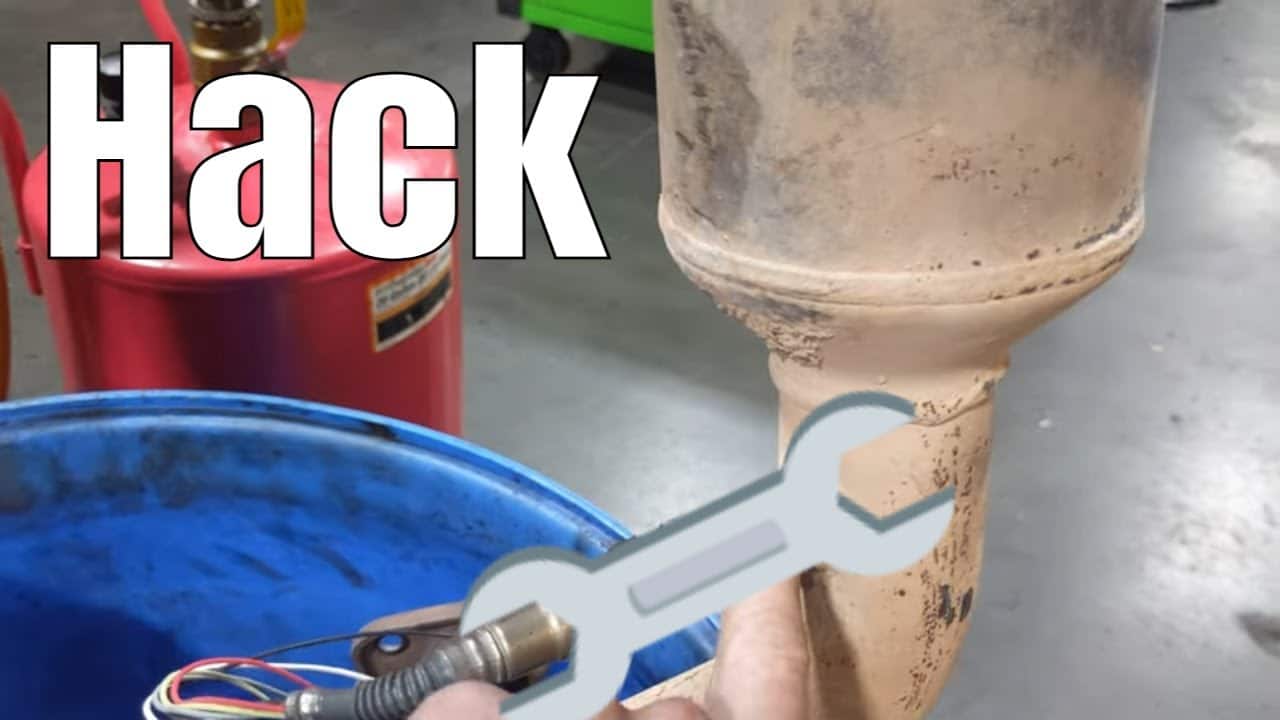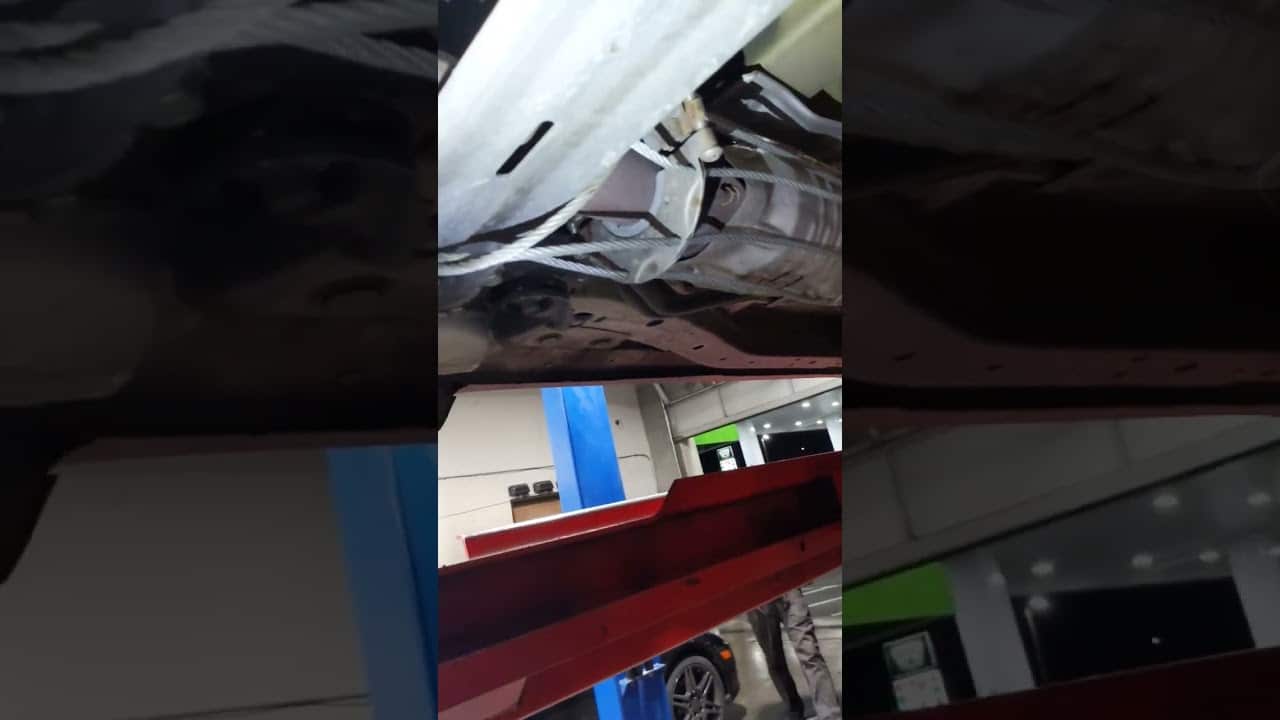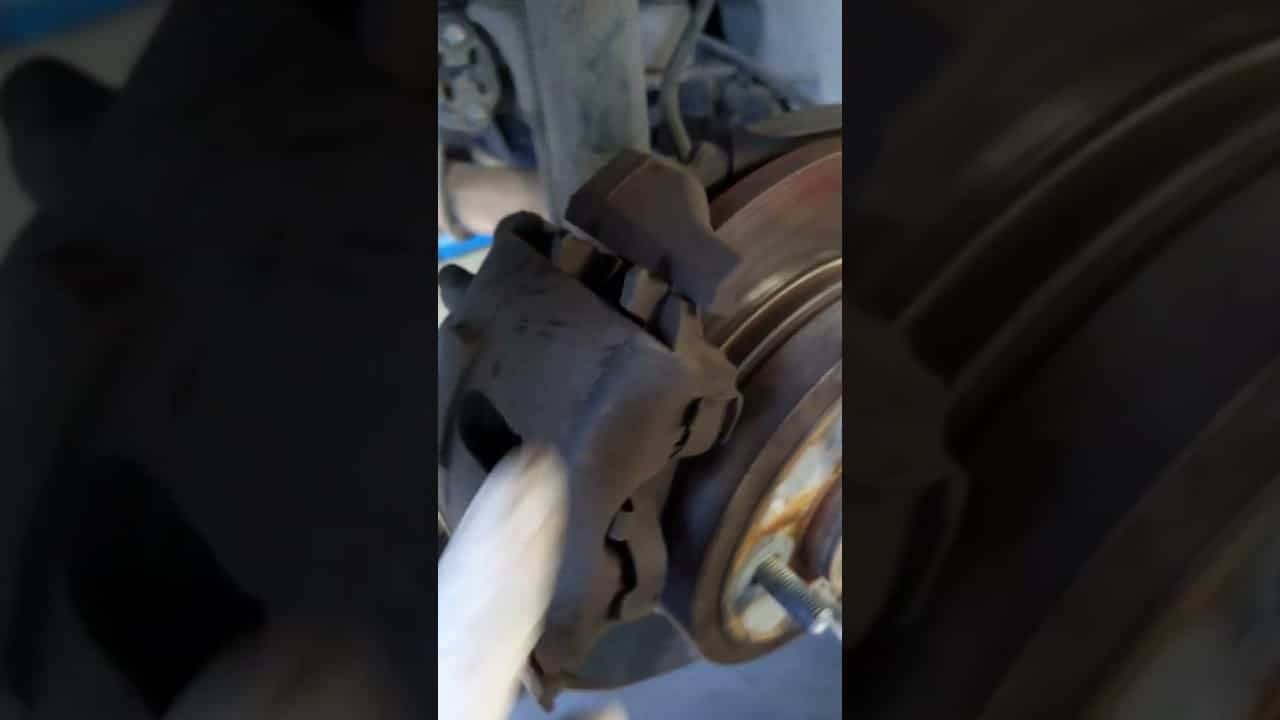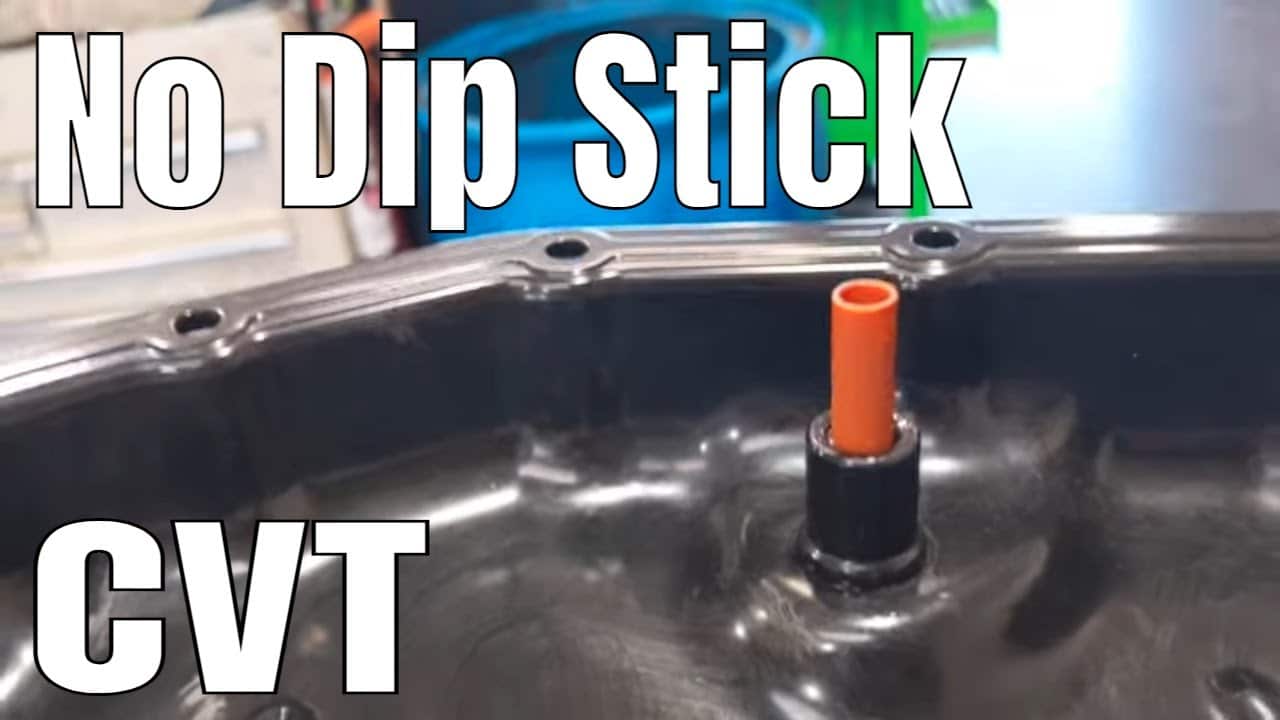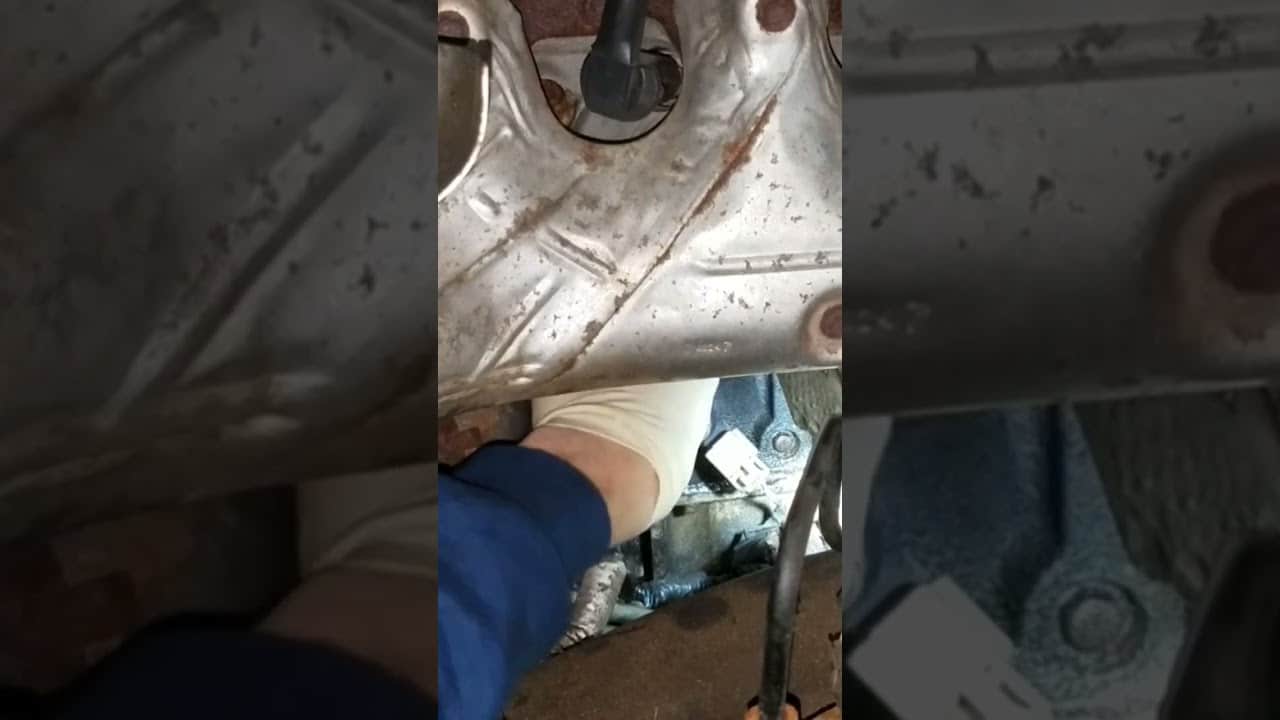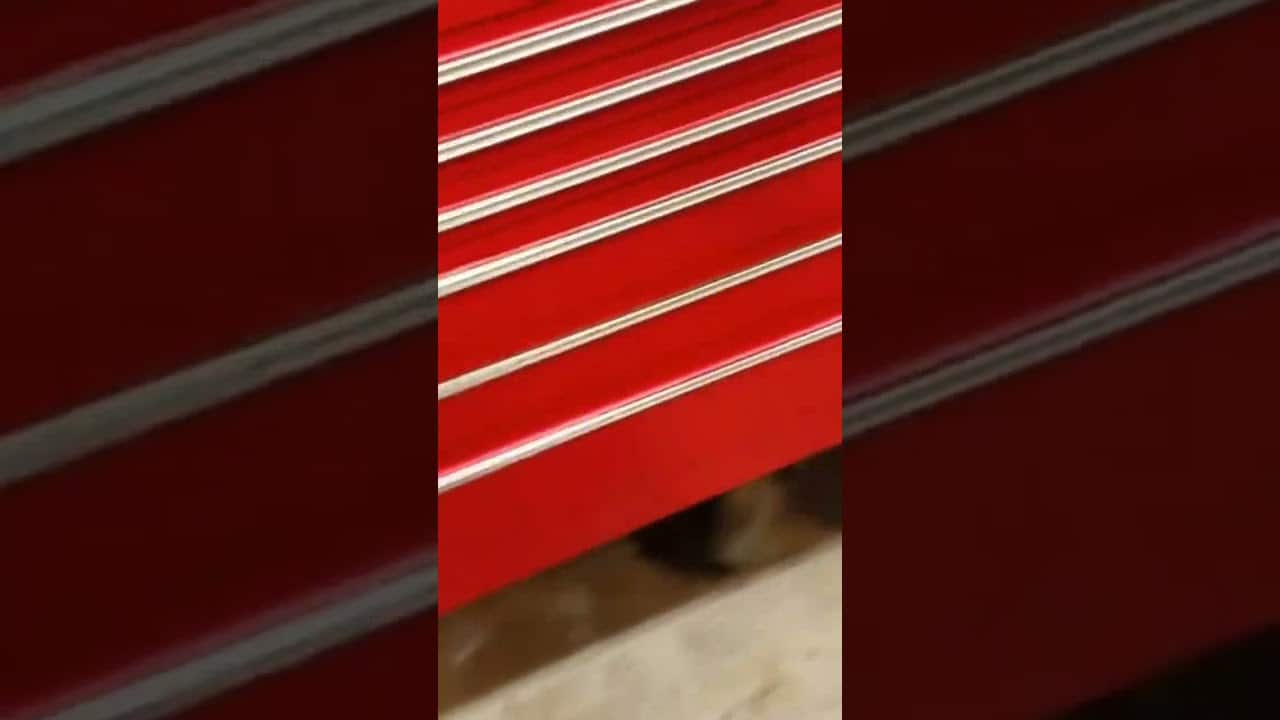[svp]http://www.youtube.com/watch?v=N66f-JAF9mk[/svp]
Are you experiencing a P0420 code on your vehicle? A P0420 code indicates that the catalytic converter is not functioning correctly The most common solution for this problem is replacing the converter, which can be costly and time-consuming. In this article, we’ll show you a few ways to fix your P0420 without replacing your catalytic converter. This fix will save you time and money, and you won’t have to take your car in for repairs!
Why Replacing the Catalytic Converter May Not Be the Best Solution
First, it’s important to note that bypassing a catalytic converter is illegal in most states and countries and it’s also not a safe way to solve the problem. It may cause more emissions and damage to the engine and the environment. We recommend diagnosing the problem and fixing it accordingly to the manufacturer’s recommendations.
The catalytic converter is an emissions control device located in the exhaust system. It converts harmful pollutants in the exhaust gas into less harmful gases before they are released into the atmosphere. The converter is made up of a ceramic or metallic substrate that is coated with a catalytic material, such as platinum, palladium, or rhodium. The converter is designed to last the life of the vehicle, but it can fail due to several reasons.
Check the Oxygen Sensors
One of the first things to check is the oxygen sensors. These sensors measure the amount of oxygen in the exhaust and send the data to the engine control module (ECM). If the sensors are faulty or malfunctioning, they may send incorrect data to the ECM, causing it to think the catalytic converter is not working properly. In this case, replacing the oxygen sensors can solve the problem without having to replace the entire catalytic converter.
There are two oxygen sensors in the exhaust system, one before the catalytic converter and one after. The sensor before the converter is called the upstream sensor, and the sensor after the converter is called the downstream sensor. The downstream sensor monitors the output of the converter, and the upstream sensor monitors the input.
If the upstream sensor is malfunctioning, it may send incorrect data to the ECM, causing it to think the converter is not working properly. This can trigger a P0420 code. Replacing the upstream sensor can solve the problem and clear the code.
Inspect the Exhaust System
Another common cause of P0420 codes is a clogged or damaged exhaust system. Inspect the exhaust pipes, muffler, and catalytic converter for any signs of damage or blockages. If you find any, repair or replace the affected parts. This can include fixing leaks, dents, or rust in the exhaust pipe, or replacing a damaged muffler.
A clogged or restricted exhaust system can cause the engine to run lean, which can trigger a P0420 code. The converter needs a certain amount of exhaust flow to function properly, and if the flow is restricted, it can cause the converter to overheat and fail.
Check the Engine Management System
Another possible cause of a P0420 code is a problem with the engine management system. The engine management system controls the air-fuel ratio and the ignition timing. If there is a problem with the system, it can cause the engine to run lean or rich, which can trigger a P0420 code.
Using a Spark Plug Fowler
Another option is to use a spark plug Fowler, also known as a spark plug non-fouler. A spark plug Fowler is a device that can be used to bypass the catalytic converter. It redirects exhaust gases around the o2 sensor. The spark plug Fowler is inserted into the exhaust pipe and is designed to fit around the oxygen sensor, which is located before the catalytic converter. The device has a hollow center that allows the exhaust gases to bypass the sensor and flow around the converter.
However, it’s important to note that using a spark plug Fowler to bypass a catalytic converter is not legal in all areas and can cause more emissions and damage to the engine and the environment. Additionally, a spark plug Fowler is not a permanent solution, as it may cause the catalytic converter to fail eventually. It’s only a temporary solution and should be used as a last resort after all other options have been exhausted.
Check for Vacuum Leaks
Another thing to check for is vacuum leaks in the intake system, including the intake manifold, hoses, and vacuum lines. If you find a leak, repair or replace the affected parts. A vacuum leak can cause the engine to run lean, which can trigger a P0420 code.
A vacuum leak can be caused by a variety of things, such as a cracked intake manifold, a loose or damaged vacuum hose, or a leaking vacuum actuator. A vacuum leak can cause the engine to run lean, which can trigger a P0420 code.
Seek Professional Help
If you are unable to diagnose and fix the issue yourself, it is best to take your vehicle to a professional mechanic. They will have the tools and expertise to properly diagnose and repair the problem.
A professional mechanic will be able to diagnose the problem and repair it accordingly. They will be able to check the oxygen sensors, inspect the exhaust system, check the engine management system, and check for vacuum leaks. They will also be able to check the catalytic converter and replace it if necessary.
In conclusion, P0420 codes can be caused by a variety of issues, and while replacing the catalytic converter is a common solution, it’s not the only option. By checking the oxygen sensors, inspecting the exhaust system, checking for vacuum leaks, and in some cases using a spark plug Fowler (although it’s illegal and not recommended) you may be able to fix the issue without having to replace the entire converter. However, it’s important to note that bypassing the catalytic converter is illegal and can cause more emissions and damage to the engine and the environment. It’s always best to diagnose the problem and fix it accordingly to the manufacturer’s recommendations. If you are unsure of how to fix the problem, it’s best to take your vehicle to a professional mechanic.

